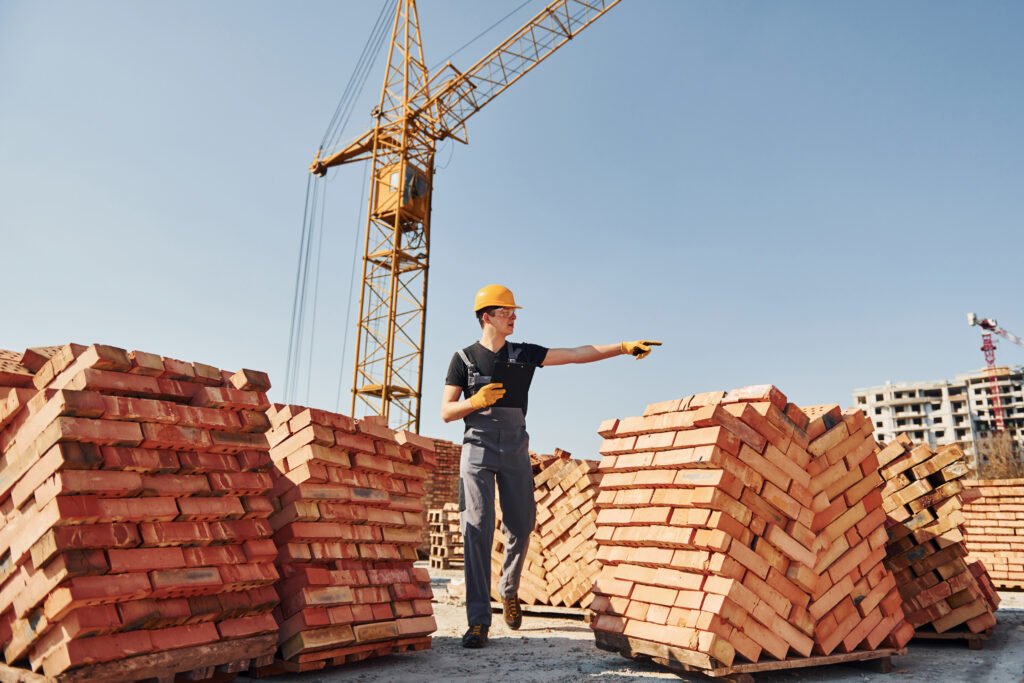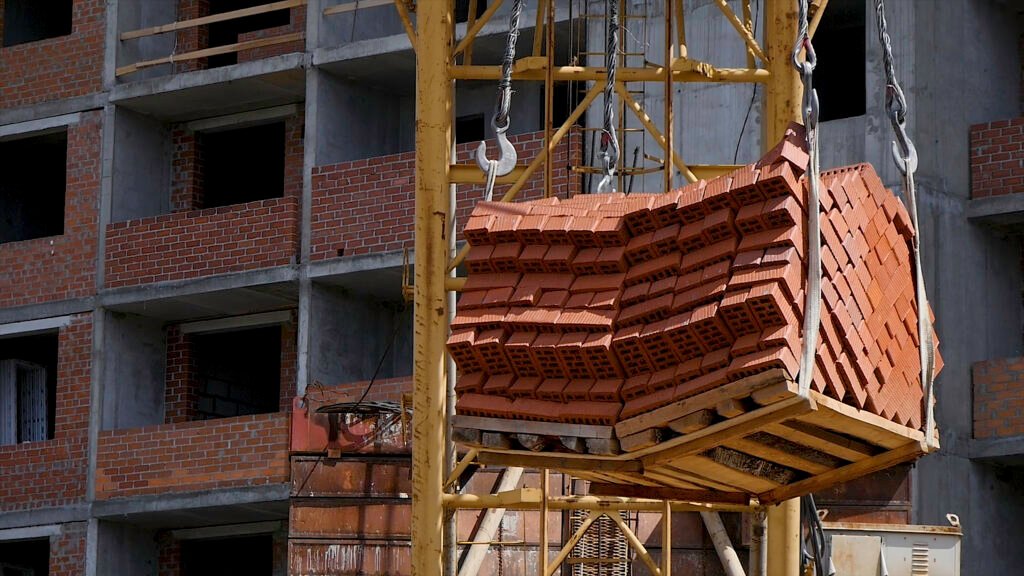Introduction
The construction industry is rapidly evolving, and 2024 is shaping up to be a pivotal year for the materials that make it all possible. As the demand for durable, eco-friendly, and cost-effective building solutions rises, it’s essential to stay ahead of the curve. Whether you’re a contractor, architect, or supplier, understanding the latest trends in construction materials will give you a competitive edge.
From sustainable alternatives to innovative technological advancements, these trends are reshaping how projects are completed. In this article, we’ll explore the top five market trends in construction materials for 2024 that will not only impact the industry but also lead to more efficient and environmentally conscious building practices.
1. Sustainable and Green Building Materials

Sustainability is no longer just a buzzword—it’s a necessity. One of the most significant trends in 2024 is the shift towards using sustainable building materials. As environmental regulations tighten and customers become more eco-conscious, the demand for sustainable options is skyrocketing.
Materials such as bamboo, recycled steel, and reclaimed wood are gaining popularity due to their low environmental impact. Even cement manufacturers are innovating by developing low-carbon alternatives, like carbon-capturing cement. These materials are not only helping to reduce the carbon footprint of buildings but also proving to be cost-effective in the long run due to their durability and energy efficiency.
Key Benefits of Sustainable Materials:
- Reduced environmental impact
- Improved energy efficiency
- Enhanced durability and longevity
2. Prefabrication and Modular Construction
Prefabrication and modular construction methods are taking the industry by storm in 2024. These methods involve assembling sections of a building in a factory before transporting them to the site for final installation. This process significantly reduces construction time, minimizes material waste, and improves precision.
This trend is particularly popular in commercial and residential building projects, where speed and cost savings are crucial. With advancements in 3D printing technology, prefabrication is becoming even more efficient, allowing for customization and intricate designs that were previously impossible.
Why Prefabrication is Gaining Momentum:
- Faster construction times
- Less material waste
- Enhanced customization options
3. Smart Materials with Embedded Technology
Technological innovation is at the forefront of the construction industry in 2024. Smart materials—those embedded with sensors and IoT (Internet of Things) technology—are becoming increasingly common. These materials can monitor a building’s structural integrity, energy usage, and even weather conditions in real-time.
For example, self-healing concrete is a revolutionary material that automatically repairs small cracks, increasing the lifespan of infrastructure. Additionally, temperature-responsive glass can adjust its transparency based on external conditions, optimizing energy efficiency in buildings. These smart materials are paving the way for smarter, more resilient buildings.
Advantages of Smart Materials:
- Real-time monitoring and feedback
- Increased building longevity
- Energy optimization
4. Lightweight Construction Materials
The push towards lightweight construction materials continues to grow in 2024. Materials such as aerated concrete, lightweight steel, and composite wood are preferred for their ease of transport, reduced structural load, and energy efficiency.
These materials are especially popular in high-rise buildings and infrastructure projects, where reducing weight without compromising strength is essential. Additionally, lightweight materials contribute to quicker assembly times and lower transportation costs, making them highly desirable in fast-paced construction environments.
Benefits of Lightweight Materials:
- Reduced structural load
- Quicker installation times
- Lower transportation costs
5. Advanced Insulation Materials

Energy efficiency is a major priority in construction today, and advanced insulation materials are key to achieving this goal. The latest insulation materials, including vacuum insulation panels (VIPs) and aerogels, offer superior thermal performance, allowing buildings to maintain optimal temperatures with minimal energy consumption.
These materials are especially useful in regions with extreme climates, where maintaining a consistent indoor environment can be challenging. Their slim profile also makes them ideal for retrofitting older buildings without sacrificing interior space.
Key Features of Advanced Insulation:
- Superior thermal performance
- Space-saving properties
- Enhanced energy efficiency
Conclusion
The construction materials industry is undergoing significant transformations, driven by the demand for more sustainable, efficient, and innovative solutions. From green building materials to smart technologies, the trends of 2024 are setting new standards for how buildings are designed, constructed, and maintained.
By staying informed about these trends, you can make better choices for your projects—whether you’re aiming to reduce environmental impact, cut costs, or enhance the longevity of your builds. As the industry continues to evolve, adopting these materials will not only give you a competitive edge but also contribute to a more sustainable future.
Read Resources:
- Green Building Council Reports
- Construction Material Innovations 2024
- Sustainable Materials in Modern Architecture
Read More:
- “How to Choose the Best Cement for Your Construction Project”
- “Understanding the Benefits of Lightweight Construction Materials”
- “Top Eco-Friendly Building Materials to Watch in 2024”